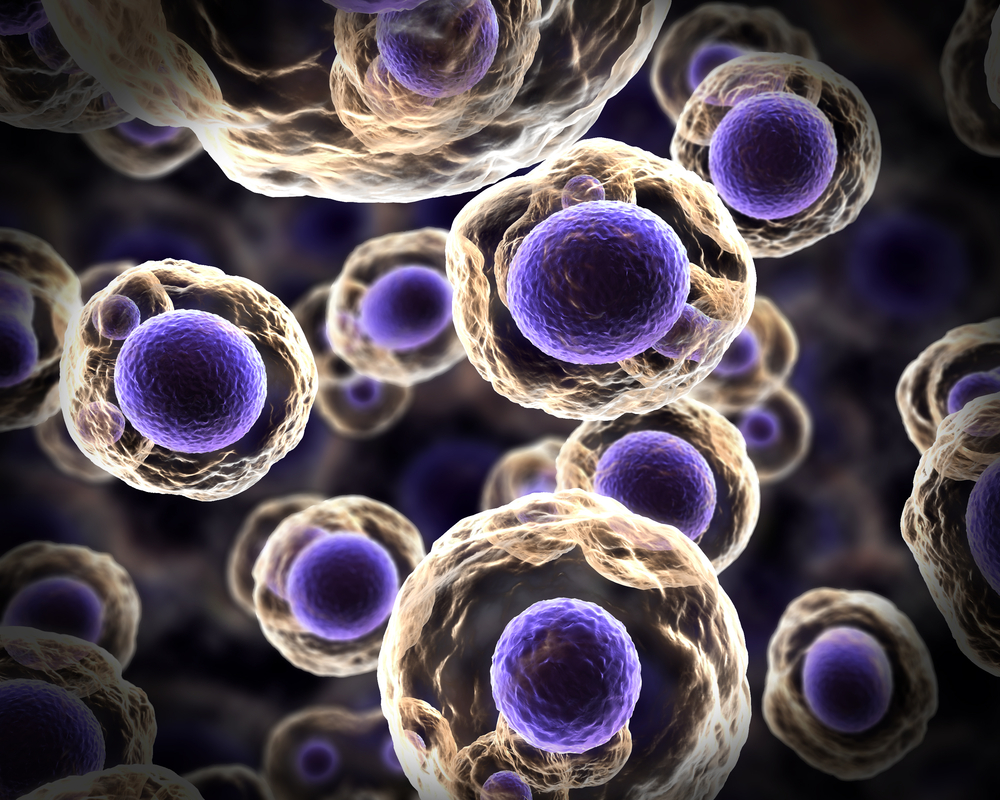 In a recent study published in Science Translational Medicine, researchers from the Salk Institute have found that dual-drug therapy with analogs of drugs already approved for other diseases, can improve the survival rate in animal models of lung cancer.
In a recent study published in Science Translational Medicine, researchers from the Salk Institute have found that dual-drug therapy with analogs of drugs already approved for other diseases, can improve the survival rate in animal models of lung cancer.
A significant percentage of non-small cell lung cancers (30%) that contain mutations in the KRAS gene. In addition to lung cancer, this type of mutation also results in pancreas, thyroid and colon cancers that are hard to treat.
“There really have been no effective treatments to target the KRAS mutation so far,” Inder Verma, a professor in the Laboratory of Genetics and American Cancer Society Professor of Molecular Biology said in a press release. “We found a drug combination that successfully targets KRAS and stops tumor growth in the mouse model.”
The research team observed that upon activation, the mutated form of the KRAS gene becomes expressed in cellular membranes and can recruit proteins to enhance tumor growth.
Previous researchers have developed certain drugs that can block the enzymes that allow KRAS to be anchored to the cell membrane. However, these drugs can have severe toxic side effects, since they are necessary in the organism for proper cellular functions.
“The Achilles’ heel of KRAS is its movement to the membrane. For the first time, we had the ability to interfere with KRAS without being completely toxic,” Dr. Verma explained.
In their study, the team of researchers found a new way to target membrane interactions using Zometa, a drug commonly used to stop the degradation and growth of cells in bone disease.
Upon addition of rapamycin (used to prevent organ rejection) to the drug, the authors observed that after injecting the combination into animals that developed lung tumors, cancer cell proliferation was efficiently blocked.
“Those two drugs have not been used together as far as we know for KRAS-related cancer treatment,” lead author Yifeng Xia added in the press release. “We are excited about the potential and that these molecules are already being used in clinical trials in some form.”
The team is currently collaborating with the University of California, San Diego, Moores Cancer Center towards the design of human clinical trials to test the dual therapy.


